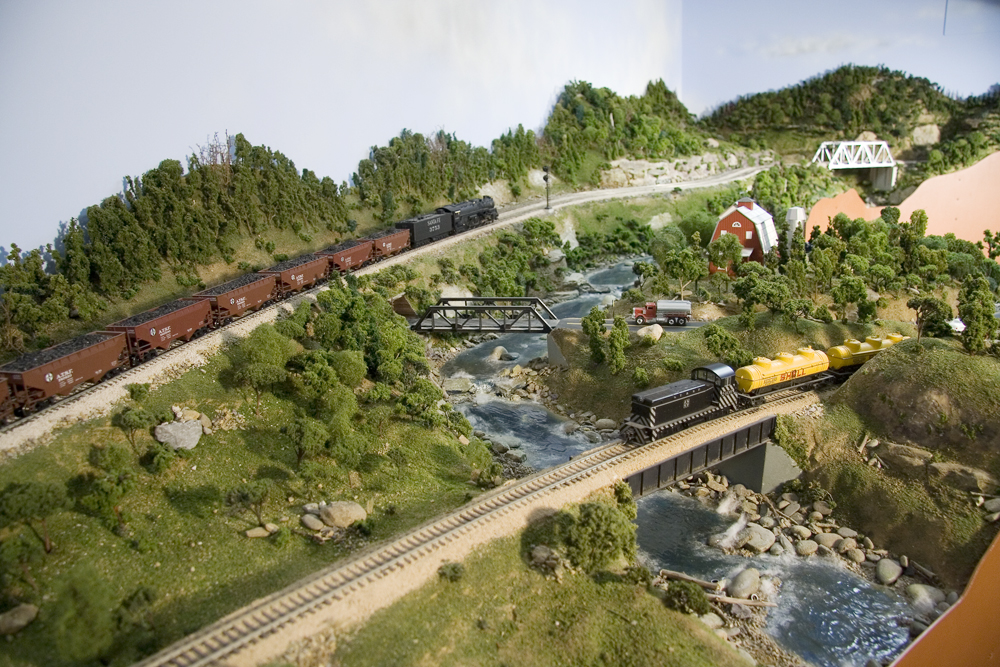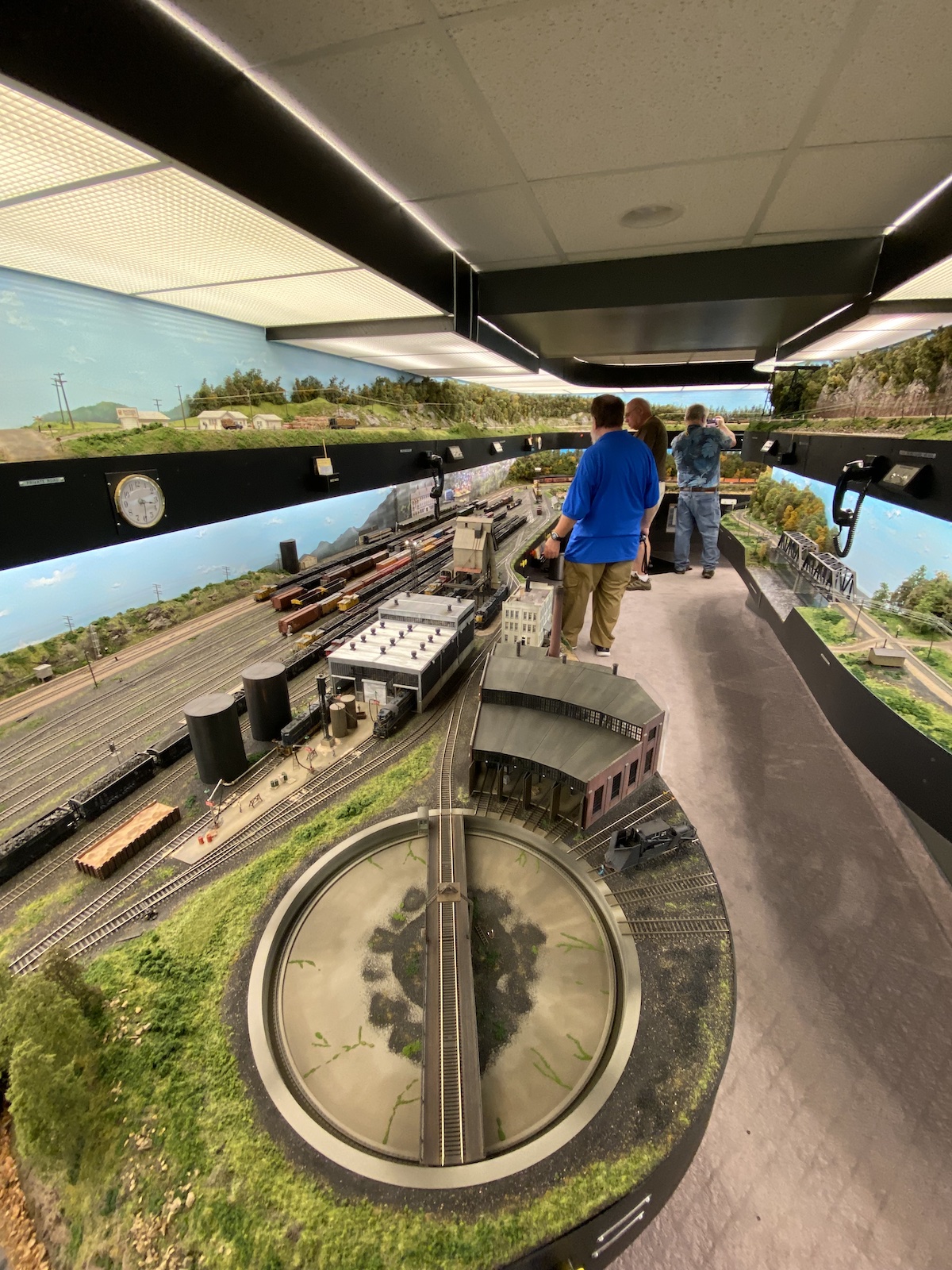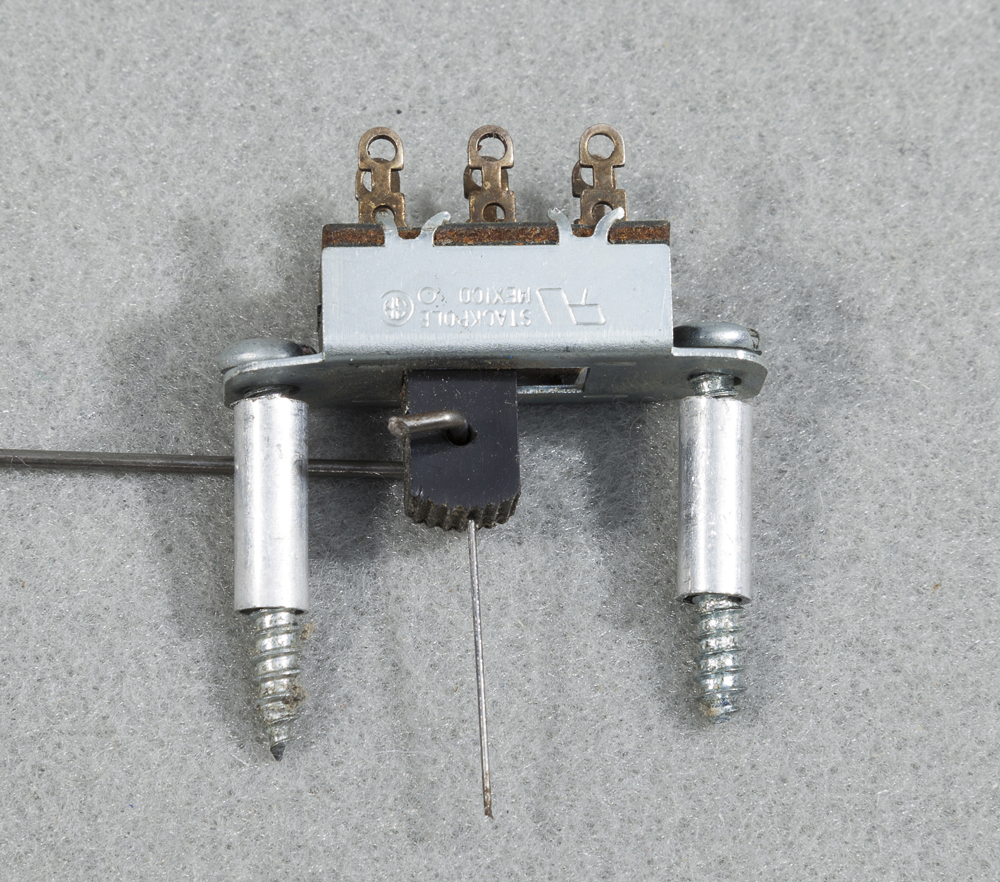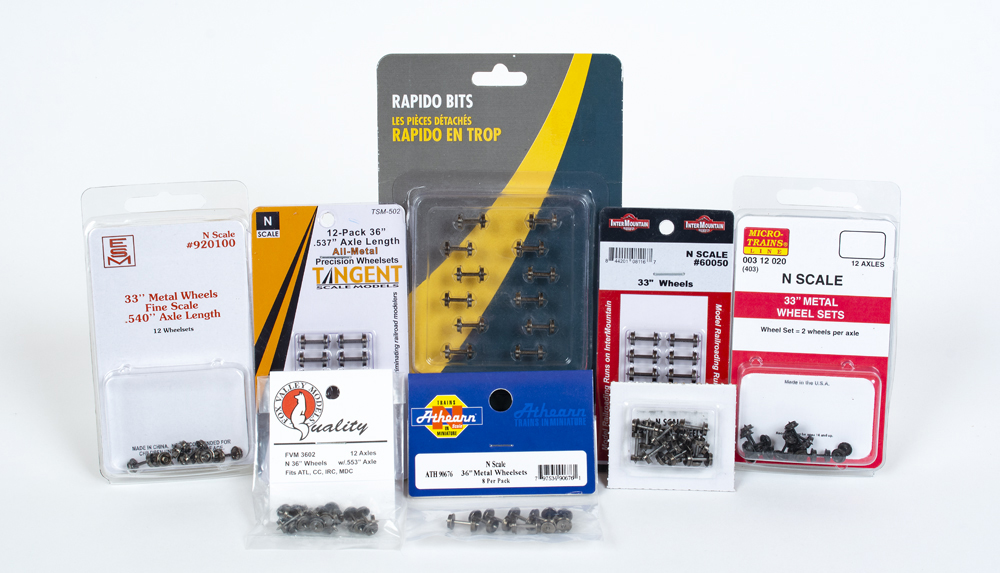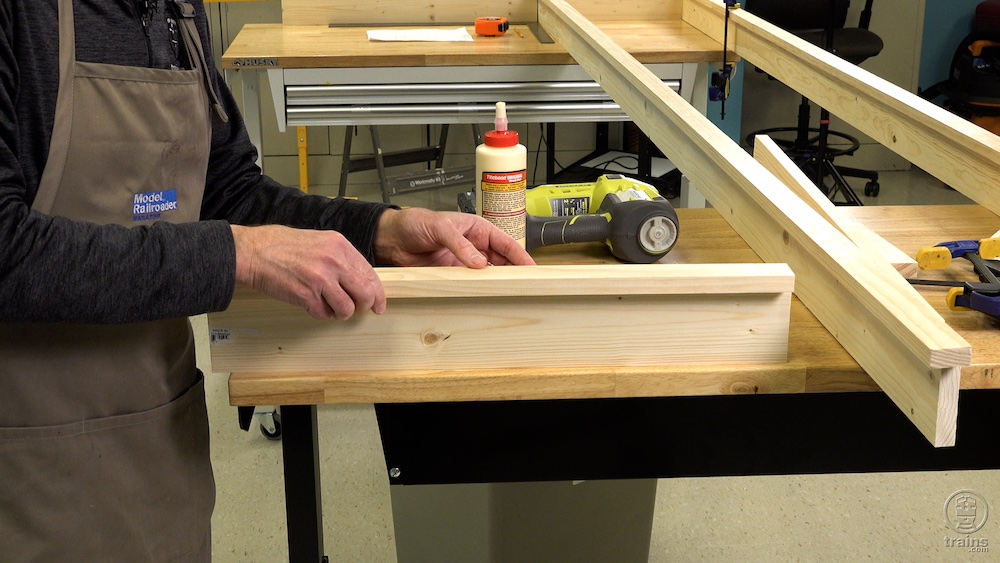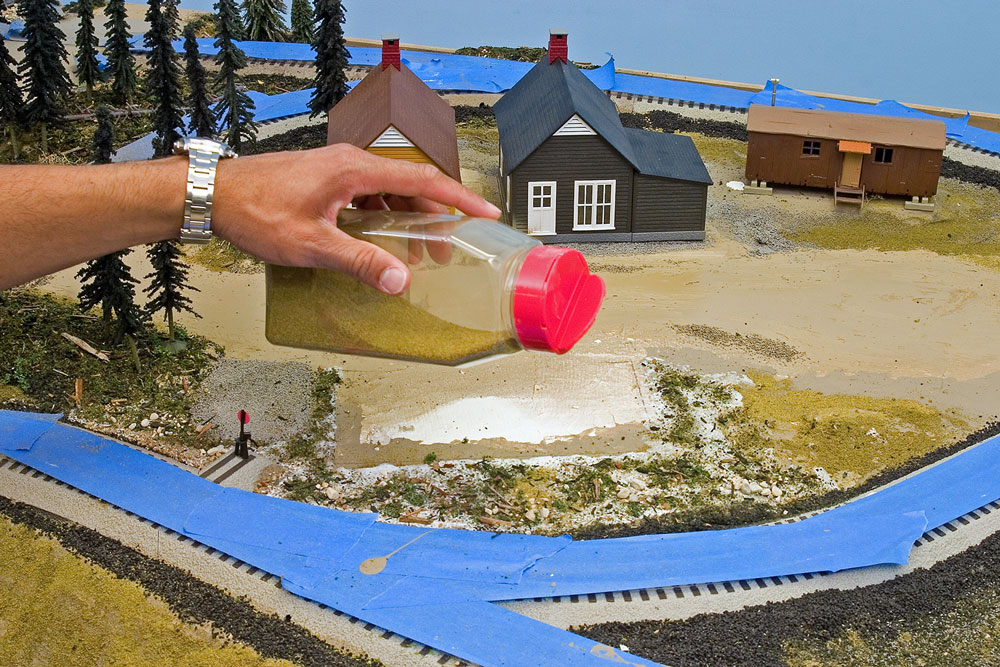
Adding scenery to your layout can take it from a basic track setup to a realistic and immersive world. It’s an exciting and creative part of model railroading that allows you to design and construct a unique landscape for your trains to travel through. However, it can be overwhelming to know where to start which makes you ask, “What is a good way to begin adding scenery to my layout?”
Plan your scenery
Before adding scenery, it’s important to plan out what you want your model railroad to look like. Consider the theme or era you wish to depict, such as a rural landscape, cityscape, or mountainous region. Once you have a theme in mind, start sketching out a rough layout design to map out where you want to place different features such as hills, mountains, tunnels, and buildings. Planning out your scenery will help you create a cohesive and realistic-looking environment.
Start with the base layer
The base is the foundation of your scenery and where you’ll begin adding layers of detail. You can use a variety of materials such as foam board, cardboard, or wood. Once you have your base layer in place, you can begin to add texture and detail with materials such as plaster, sculpting putty, or foam insulation. Use a palette knife or spatula to spread the material evenly over the surface of your base layer, and then add texture with a brush or sponge.
Add vegetation
Adding vegetation is an easy and effective way to bring your scenery to life. You can use materials such as ground foam, lichen or static grass to create realistic-looking trees, bushes, and grassy areas. To create trees, twist wires into a tree shape and then cover them with ground foam or lichen. You can also create bushes by using small pieces of ground foam and gluing them together. For grassy areas, sprinkle static grass onto the surface and then use a static grass applicator to apply an electrostatic charge, which will cause the grass to stand upright.
Add water features
Water features such as rivers, lakes, and streams can add a lot of visual interest to your layout. You can create water features using materials such as acrylic paint, resin, or clear silicone. To create a river or stream, paint a riverbed onto your base layer and then pour a layer of resin or clear silicone over it. Once that has dried, you can add texture to the surface with a brush or sponge.
Add buildings and structures
Adding buildings and structures can help to bring your layout to life and create a sense of place. You can use plastic model kits, cardboard or even create your own buildings from scratch with materials such as foam board or balsa wood. Once you have your buildings in place, you can add detail with paint, weathering powders, or decals.
Incorporate lighting
Lighting adds a lot of visual interest and drama. You can use a variety of lighting techniques, such as LEDs, fiber optics, or miniature light bulbs. Use lighting to highlight specific features of your layout, such as a building or a particular section of track. You can also create a specific mood or atmosphere, such as a sunset or stormy night.
In conclusion, adding scenery to your layout can be a fun and rewarding part of model railroading. By planning out your scenery, starting with the base layer, adding vegetation, water features, buildings and structures, and incorporating lighting, you can create a unique and realistic world. Take your time, experiment with different materials and techniques, and most importantly, have fun!
